Part Analysis
| General Data | |
| Manufacturer (OEM) | FSP |
| PCB Type | Single-Sided |
| Primary Side | |
| Transient Filter | 4x Y caps, 2x X caps, 2x CM chokes, 1x MOV |
| Inrush Protection | 1x NTC Thermistor SCK 202R0 (2 ohm) & Relay |
| Bridge Rectifier(s) |
2x GBJ25V08 (800V, 25A @ 25°C)
|
| APFC MOSFETs |
2x Magnachip MMFT65R090RTH (650V, 22A @ 100°C, Rds(on): 0.090Ohm)
|
| APFC Boost Diode |
1x ROHM SCS308AM (650V, 8A @ 105°C)
|
| Bulk Cap(s) | |
| Main Switchers |
2x Magnachip MMFT65R115RTH (650V, 19A @ 100°C, Rds(on): 0.115Ohm)
|
| IC Driver |
Novosense NSi6602
|
| Resonant Controller |
Champion CM6901X
|
| APFC Controller |
Champion CM6500UNX
|
| Topology |
Primary side: APFC, Half-Bridge & LLC Resonant converter
Secondary side: Synchronous Rectification & DC-DC converters |
| Secondary Side | |
| +12V MOSFETs | 4x Toshiba TPHR8504PL (40V, 150A @ 25°C, Rds(on): 0.85mOhm) |
| 5V & 3.3V | DC-DC Converters: 4x Magnachip MDU1513 (30V, 70.4A @ 70°C, Rds(on): 4.6mOhm) PWM Controller(s): UPI-semi uP3861P |
| Filtering Capacitors | Electrolytic: 5x Elite (3-5,000h @105°C, EJ) 5x Elite (2-5,000h @105°C, ED) 4x Elite (3-6,000h @105°C, EV) Polymer: 13x Apaq, 7x Elite (CS) |
| Supervisor IC | Weltrend WT7527RA (OCP, OVP, UVP, SCP,PG) |
| Fan Controller | Grenergy GR8031 |
| Fan Model | Pure Wings 3, BQPUW3-14025-HR (140mm, 12V, 0.42A, Rifle Bearing Fan) |
| 5VSB | |
| Rectifier | |
| Standby PWM Controller |
MPS MP9989
|
FSP provides this platform with a contemporary design. It has an APFC, a half-bridge, and an LLC resonant converter on the primary side. On the secondary side, a synchronous rectification scheme is used for 12V, and a pair of DC-DC converters generate the minor rails. The PCB’s primary side, close to the APFC converter and the primary FETs, is a bit dense with parts, while the secondary side is looser, allowing for better airflow. Please note that I have removed the bulk caps in the photos above to have a better view of the internals.
The transient filtering stage has all the necessary parts to block incoming and outgoing EMI emissions. Typically, it starts at the AC receptacle and continues on the main PCB.
The NTC thermistor’s resistance looks low, but we will determine whether this is true with current inrush measurements. A bypass relay supports the NTC thermistor.
The bridge rectifiers are two parallel GBJ25V08, which can handle up to 25A each, for a total of 50A.
The APFC converter uses two Wuxin FETs and an ROHM boost diode. The bulk caps are by Elite and offer a combined capacity of 600uF. They are rated for 2,000 h at 105 °C, so they are ok on paper. Elite caps are good, equivalent to Japanese brands at a lower cost.
The APFC controller is a Champion CM6500UNX.
Magnachip’s two main switching FETs are installed in a half-bridge topology, and an LLC resonant converter is used for higher efficiency. The resonant controller is a Champion CM6901X.
The main transformer is next to the resonant tank and capacitive parts of the LLC resonant converter.
Four Toshiba TPHR8504PL FETs regulate the 12V rail. They are installed on the solder side of the main PCB. Four heat sinks above these keep operating temperatures under control. The 1000W model has six of the same type of FETs for the 12V rail.
The PSU combines Elite electrolytic, Apaq, and Elite polymer caps. The electrolytic caps are mainly for energy storage to cope with transient loads, while the polymer ones are for ripple filtering.
You can find more information about capacitor performance and other specs below:
Two DC-DC converters generate the minor rails.
The supervisor controller is a Weltrend WT7527RA. There is no photo of it, sorry.
The standby PWM controller is an MPS MP9989. The rectifier on the high side is a CET CEF03N8.
Several polymer and electrolytic caps at the face of the modular panel form an extra ripple-filtering layer.
The soldering quality is good.
The cooling fan is a Pure Wings 3 model that uses a Rifle bearing to last long.
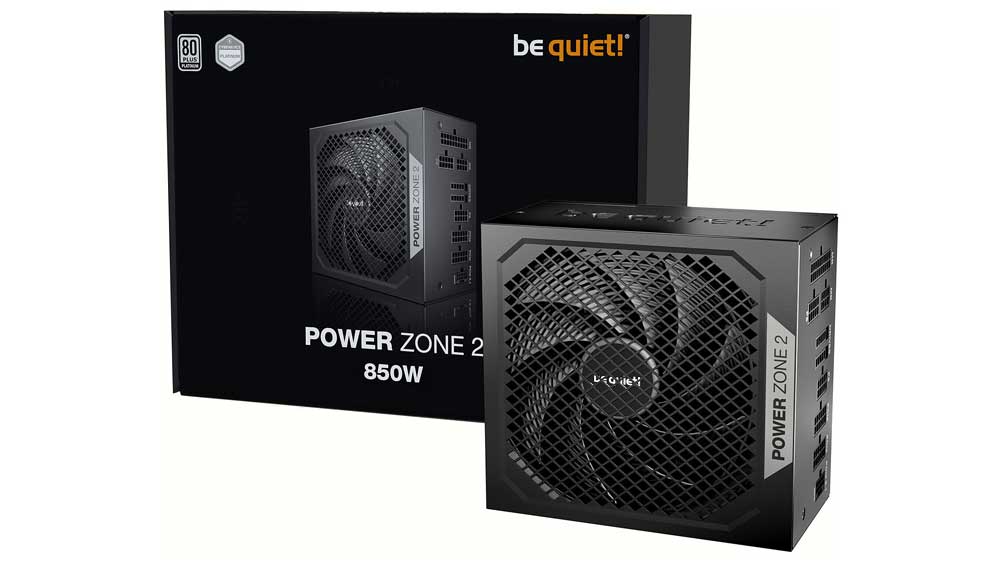
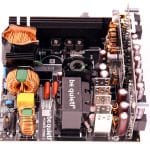
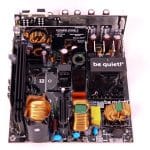
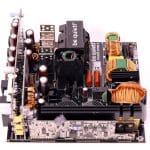
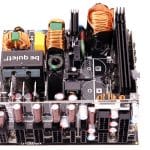
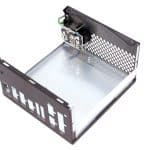
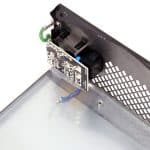
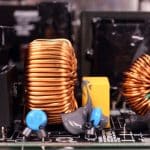
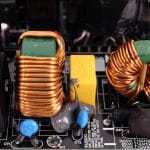
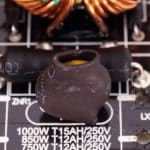
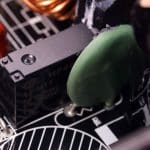
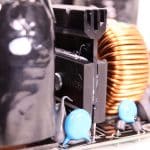
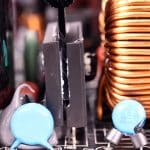
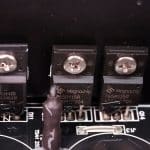
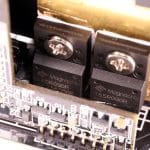
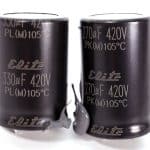
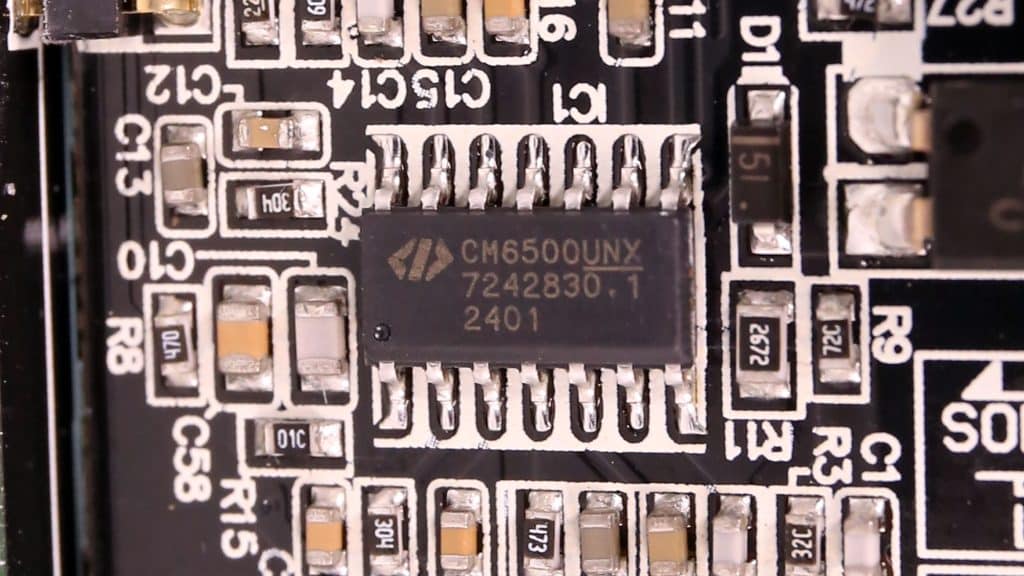
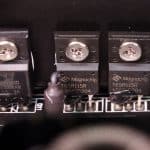
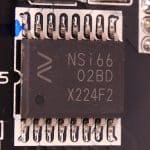
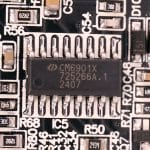
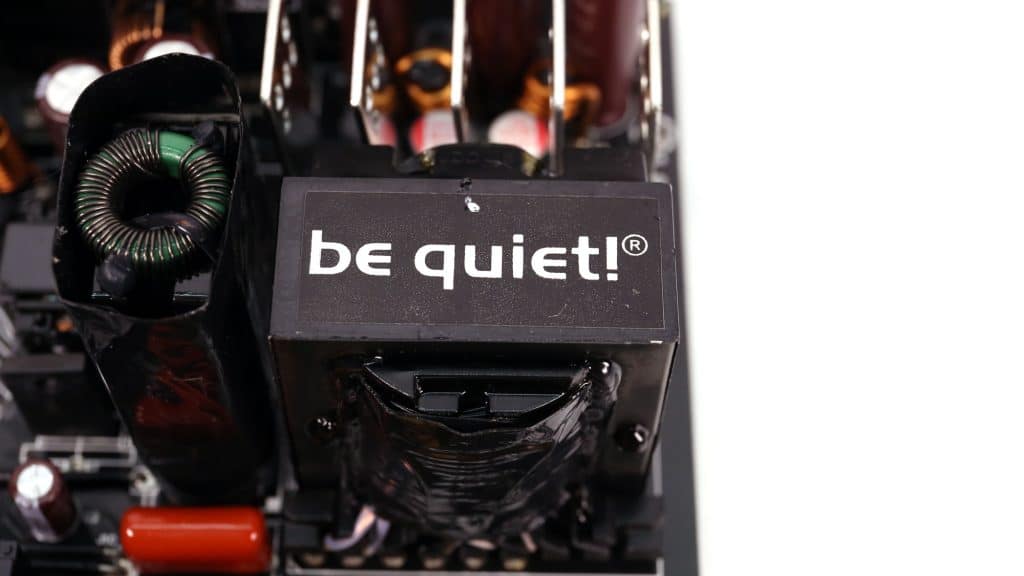
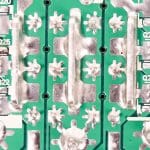
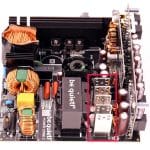

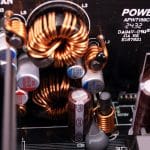
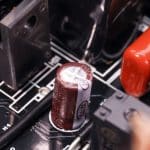
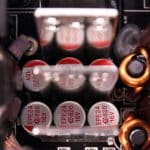
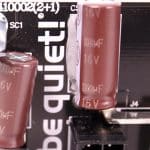
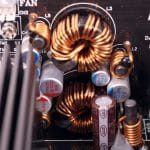
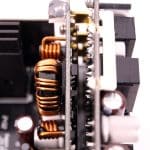
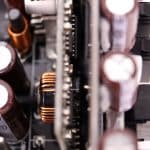
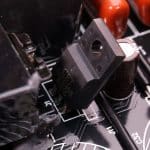
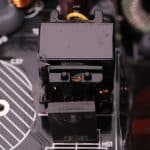
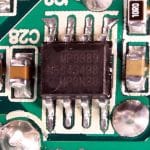
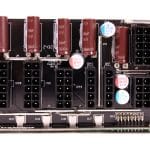
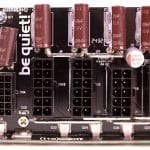
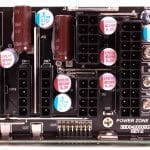
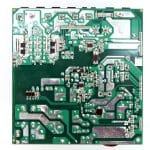
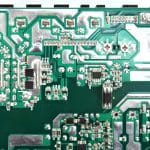
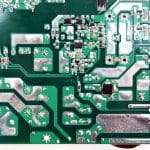
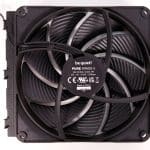

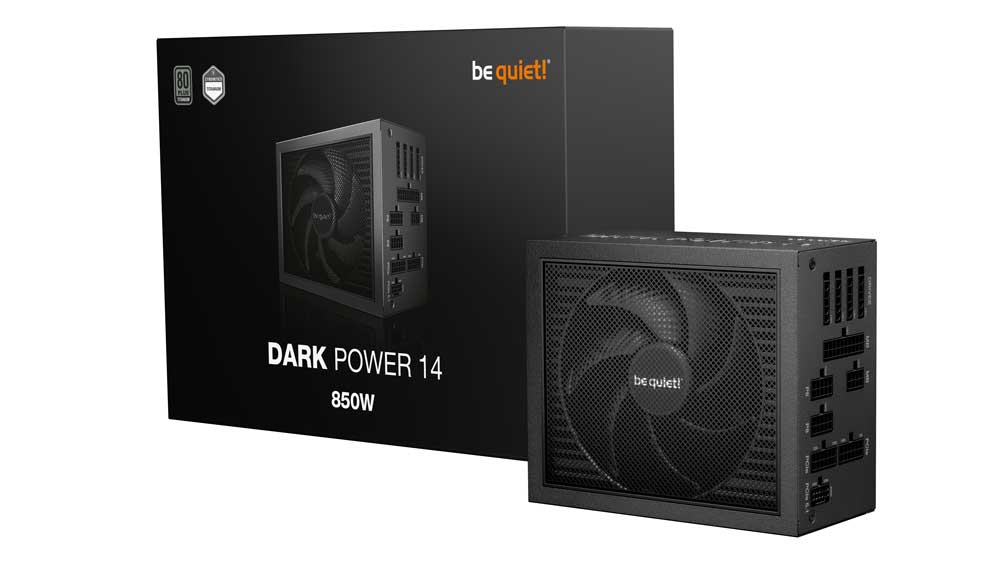

I’m really torn between this and the Pure Power 13 M. I don’t imagine either one makes much of a difference for my use case but analysis paralysis is real my friends.
Hello Aris!
Trying to decide between this PSU and the Corsair Rm850x ATX 3.1 version – the Corsair allows manual fan rpm control, and my Lancool 207 case allows only downward fan orientation, would this be an issue for Power Zone 2 and make the fan start/stop intermittently since it has no manual control? Would you say the be quiet is the better pick overall since it has better Cybenetics ratings? Thanks for your reviews and hard work!
PowerZone 2 has better noise rating, I have this PSU I never hear it. The problem is I measured mine and it exceeds 160mm which is the size limit for the Lancool 207 that I want to get. Were you able to fit the PSU and route the cables through, do you use the 12v power connector that’s sensitive to bending? This is what I’m worried about.
I found some other comment about this PSU and Case combo but no mention about that nvidia problem cable.
I got the MSI MPG A850G instead because of better availability/price in my area. It is also 150x150mm, so more cable space than the others would have, but I think 160mm would still be manageable. I haven’t tried the 12v, but it could be concerning. The one included with the MSI is pretty stiff, and would probably have to bend even with the extra clearance. Maybe a more loose/flat cable would work better in this case.